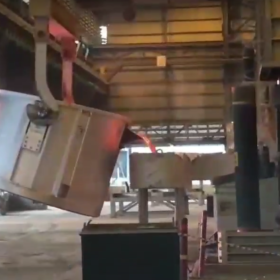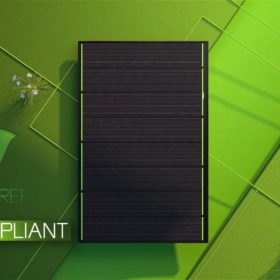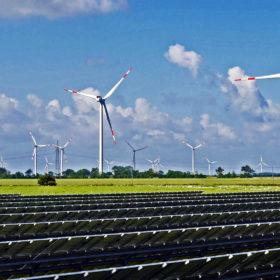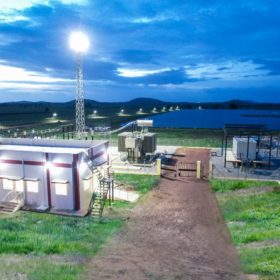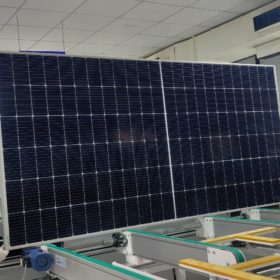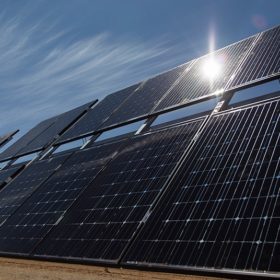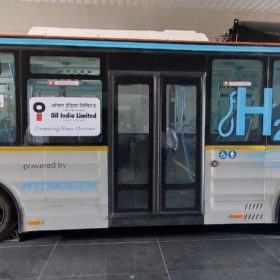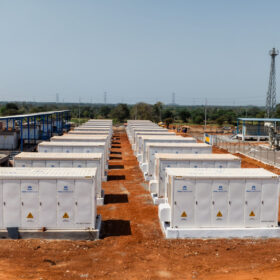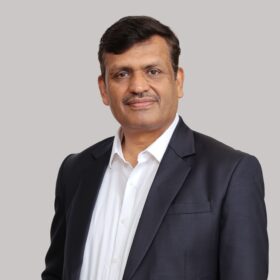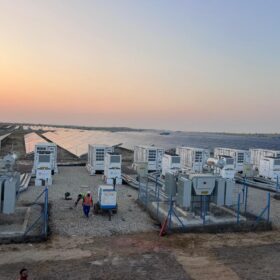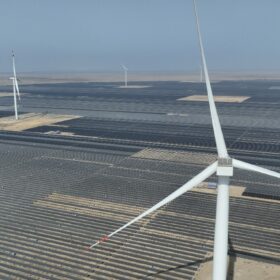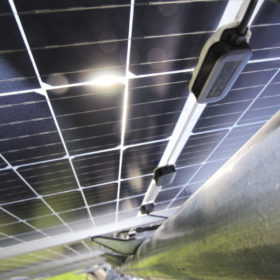Deepak Thakur joins Mahindra Susten as CEO
Deepak Thakur, the former chief of Sterling and Wilson’s hybrid and energy storage business, has joined Mahindra Group’s cleantech arm Mahindra Susten.
Gujarat opens bidding for 500 MW/1 GWh of standalone battery storage
Gujarat Urja Vikas Nigam Ltd. has started accepting bids to develop 1,000 MWh (500 MW x two hours) of grid-connected battery energy storage systems in Gujarat.
Greenko to develop 400 MW of wind, solar for Hindalco’s aluminum smelter
Renewables major Greenko will develop 375 MW to 400 MW of solar and wind capacity to power Hindalco’s aluminum smeltering operations in Odisha. It will back the renewables generation with hydro pump storage capacity in Andhra Pradesh to ensure 100 MW of round-the-clock supply to Hindalco.
REC to showcase new Alpha Pure-R solar panels at REI
REC, a Norwegian solar panel specialist, will exhibit the latest module in its award-winning REC Alpha line at the Renewable Energy India (REI) exhibition in September. It will also join forces with its new owner, Reliance Industries Ltd., to recruit new talent for a planned solar gigafactory in India.
JSW Energy to acquire 1.7 GW of operational renewables from Mytrah Energy
JSW Energy, a private-sector power producer, has revealed that its green energy arm has signed an agreement to acquire 1.33 GW of wind and 422 MW of solar assets from Mytrah Energy. The assets are spread across nine states in India.
Rays Power Infra switches on 150 MW solar plant in Karnataka
Rajasthan-headquartered Rays Power Infra has commissioned a 150 MW (DC) solar plant in Raichur and Koppal, Karnataka.
Sunora Solar unveils mono PERC module with 21.03% efficiency
Sunora Solar’s new 144-cell solar module is available with power outputs ranging from 520 W to 550 W and a power conversion efficiency of 20.18% to 21.03%.
Shell completes acquisition of Sprng Energy
Shell has completed the $1.55 billion acquisition of Solenergi Power, an Actis company holding 100% of Indian renewables developer Sprng Energy.
State-run oil majors spearheading R&D on hydrogen
India’s national hydrogen mission includes the development of hydrogen as a fuel for transportation. Toward that objective, state-run oil and gas companies are engaged in a number of projects, including the blending of hydrogen with compressed natural gas for use as a transportation fuel, and the use of green hydrogen for fuel-cell-based mobility.
India installed 8.4 GW of solar in H1
India is expected to install 20 GW of new solar capacity in 2022, according to JMK Research.



